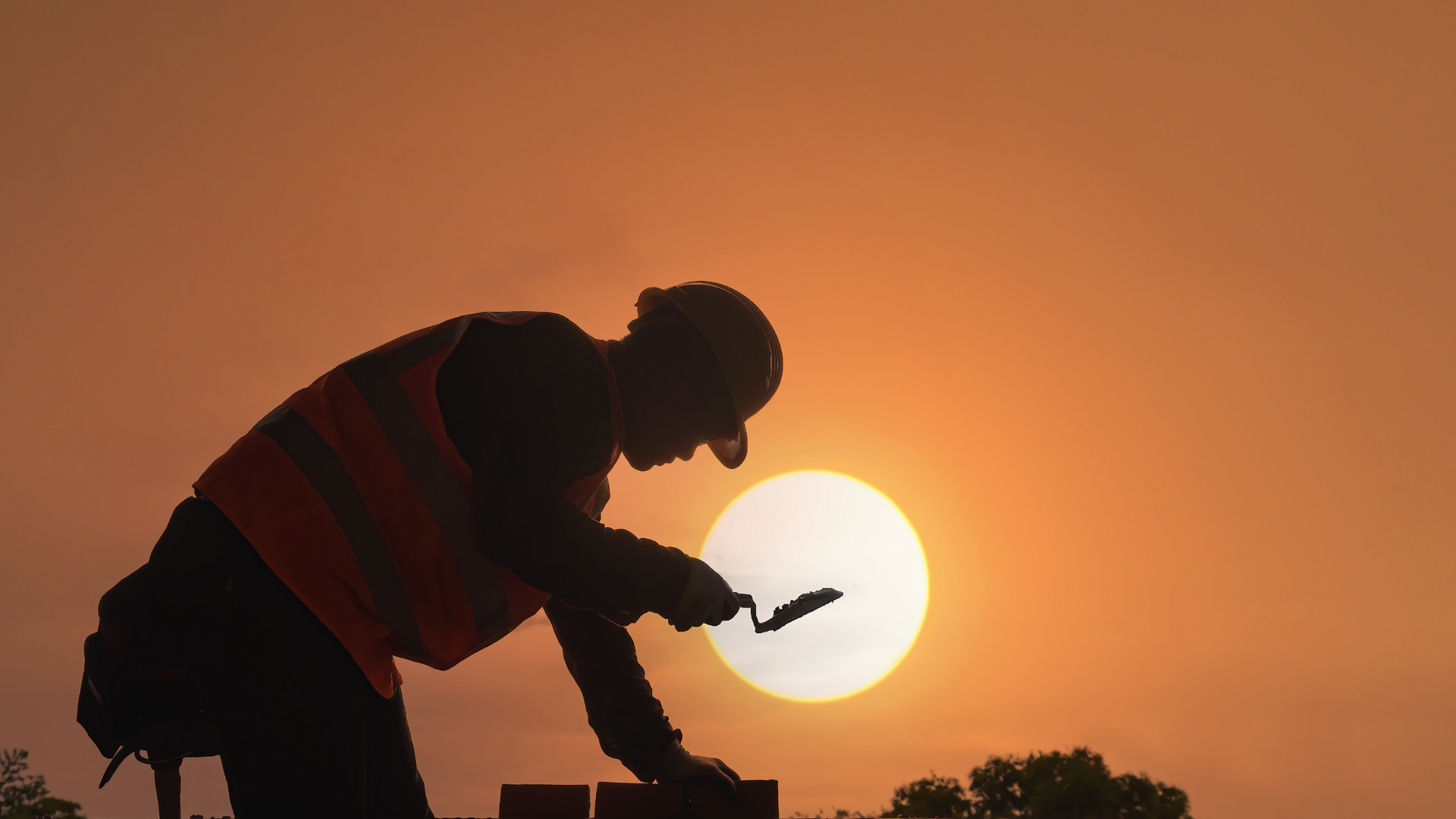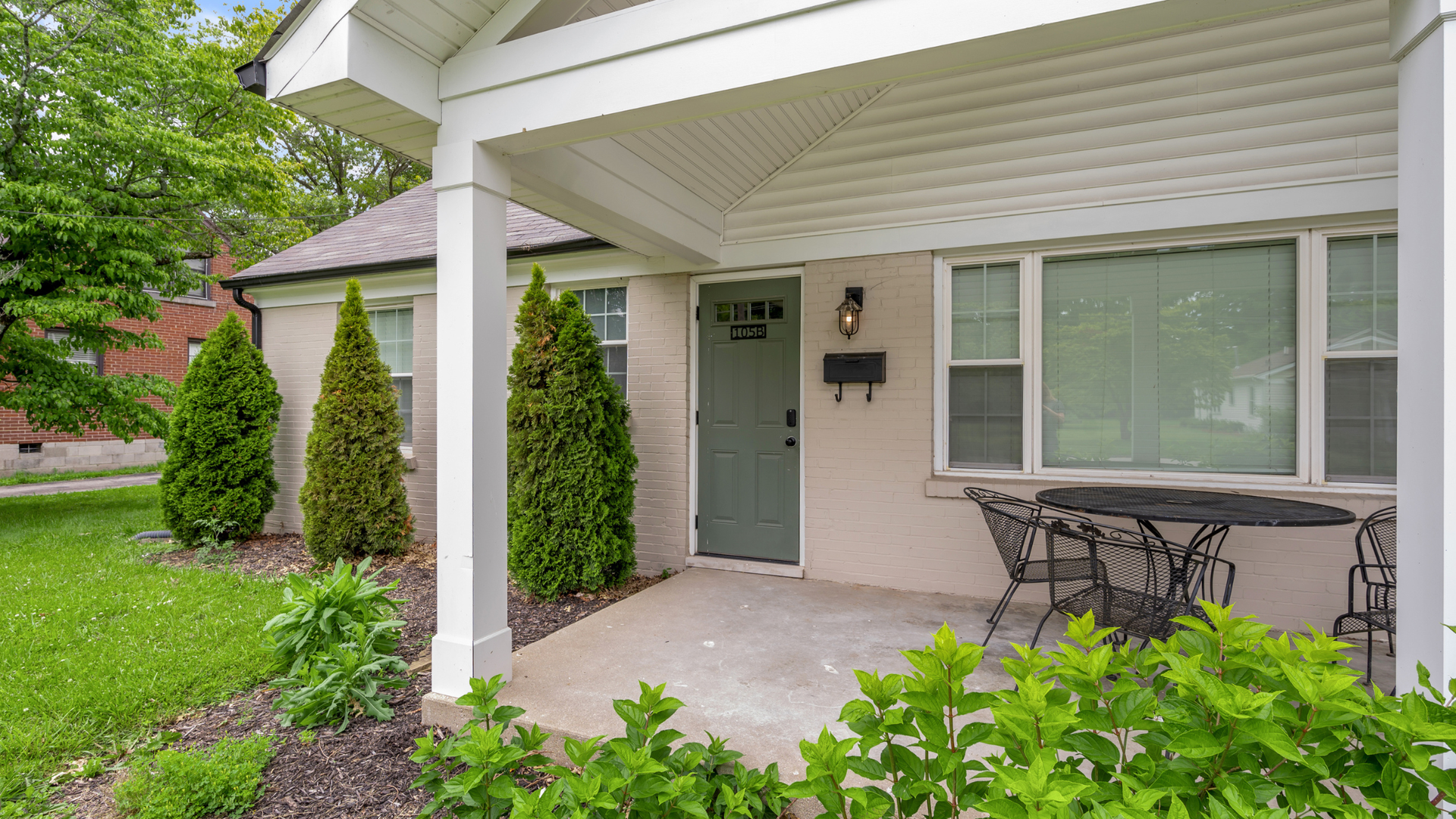Rebuilding from the Ground Up
When disaster strikes, it doesn’t just level homes, it overwhelms entire systems. Roads, schools, utilities, and hospitals all feel the shock. And behind the rebuilding effort are hundreds of workers, from volunteers to seasoned construction professionals, who flood into these areas to help communities recover.
But while there’s always urgency to rebuild what’s been lost, one critical question often gets overlooked:
Where do these people stay?
This is the exact question we at Hard Hat Housing have spent the past few years working to answer, especially during our ongoing commitment to Hazard, Kentucky.
Why Housing Matters in Recovery
Let’s take a step back.
In July 2022, flash flooding swept through Eastern Kentucky, destroying entire neighborhoods in just hours. Over 10,000 homes were impacted, and thousands of families were displaced.
As response teams arrived to begin cleanup and rebuilding, housing became an immediate issue—not just for the victims, but also for the people trying to help them.
Imagine dozens of skilled tradespeople showing up ready to rebuild, only to find no hotels, no rentals, and no space.
In many cases, it was churches, gyms, or community centers that provided temporary shelter. Our own team slept shoulder-to-shoulder with crew members we usually support from a distance.
This experience showed us something we thought we already knew—but now truly understand:
Crew housing is not a side note in recovery logistics. It’s the foundation.
The Hidden Complexity of Crew Housing
At Hard Hat Housing, we’ve spent years housing construction crews across the country. We’ve fine-tuned systems for sourcing homes, coordinating schedules, screening tenants, and managing turnover.
But disaster recovery adds another layer of complexity.
Crews don’t arrive with rigid timelines—they show up when they’re needed, stay as long as the work requires, and often rotate in waves. Some crews need housing for a week. Others, for a season.
And in the case of Hazard, many of them are working across multiple neighborhoods simultaneously.
That means:
- Coordinating multiple homes in different zones
- Ensuring proximity to job sites to reduce wasted time and fuel
- Managing housing for rotating volunteers and professionals
- Balancing privacy, comfort, and cost in non-traditional housing setups
It’s not just about having four walls and a roof—it’s about providing restorative, functional living spaces that support the mission, not hinder it.
Lessons Learned on the Ground
During our most recent trip to Hazard, three key lessons stood out:
1. Plan for Movement, Not Permanence
In traditional project logistics, housing is fairly stable. Crews arrive, work for several weeks, and leave. But in a rebuild, the needs shift constantly.
- Some crews stayed for just 3 days.
- Others needed to extend the last minute.
- A few had to leave early due to emergencies.
Our takeaway? The most effective housing plans are modular. That means flexible cleaning teams, and ready-to-go backup properties on file.
2. Partnerships Matter
In Hazard, one church opened its doors and built bunk-style housing to support volunteers. That generosity kept dozens of people sheltered. But not every town has a space like that—and not every church has the resources to do it.
This is where homeowners and private rental partners come in. Their properties fill the gaps when public spaces run out or no longer work. Our partnerships with homeowners allowed us to house skilled tradespeople in safe, clean homes where they could recover each night—and get back to work the next day.
3. Don’t Overlook the Little Things
After a 12-hour workday, a comfortable mattress or working air conditioner isn’t just a “nice touch”—it’s the difference between a safe and an unsafe next shift.
We saw firsthand how something as simple as:
- A hot shower
- A working stove
- A stocked fridge
- A dark, quiet sleeping space
…can radically improve a crew member’s ability to perform the next day.
What This Means Going Forward
We’ve updated our Hard Hat Housing standards with new disaster-specific logistics:
We now prioritize properties with flexible parking, since trailers and vans often accompany rebuild teams.
We’ve also expanded our homeowner network to include more short-term, flexible partners in high-risk regions.
The rebuild in Hazard is only just beginning. We’re 30 houses into a 450-home project. And if we’ve learned anything so far, it’s that rebuilding takes more than materials—it takes a system of care.
Housing is not just about comfort. It’s about capability.
Because the people doing the rebuilding need strength, sleep, and safety, too.
And at Hard Hat Housing, we’re committed to delivering exactly that.













